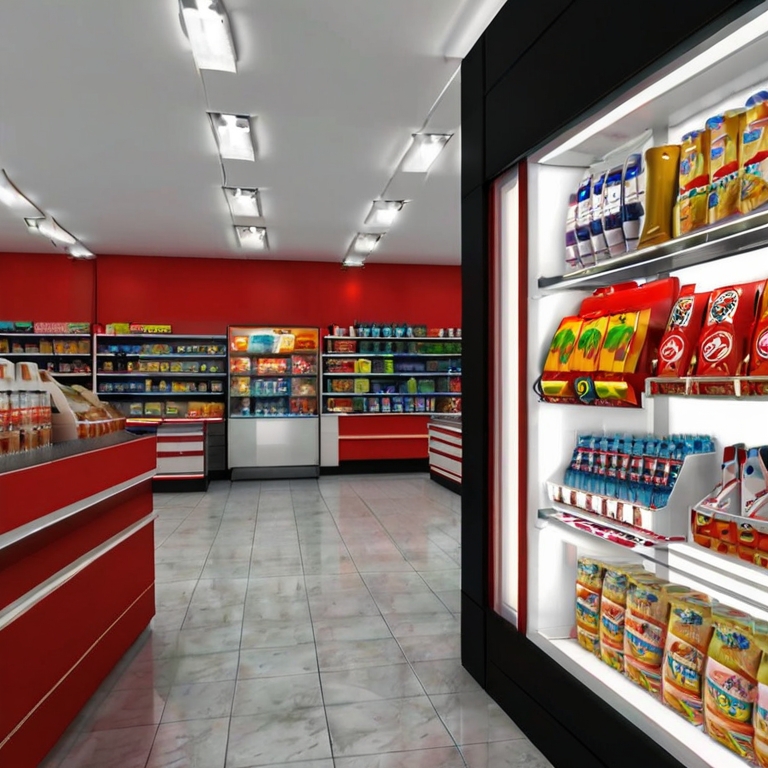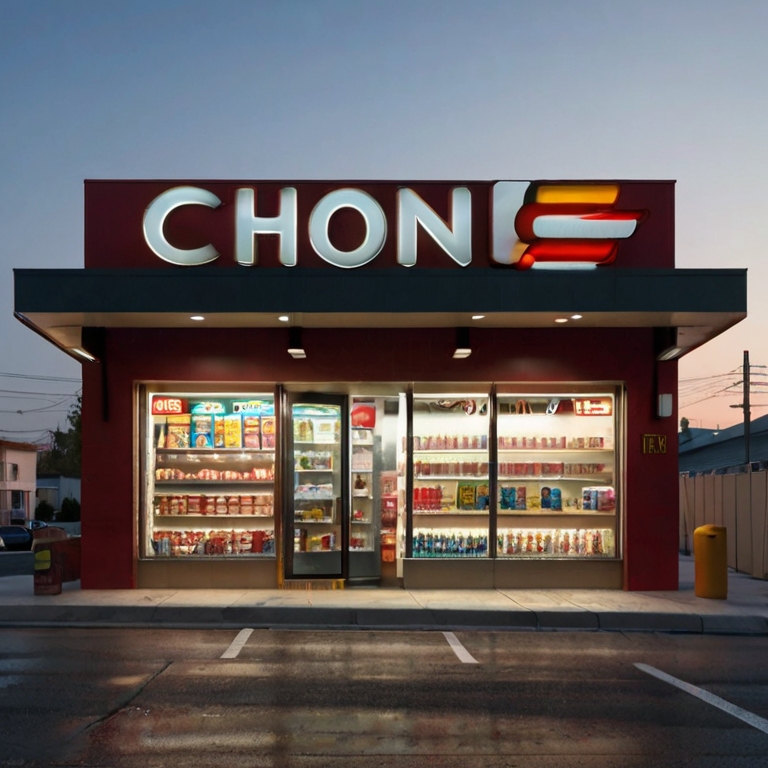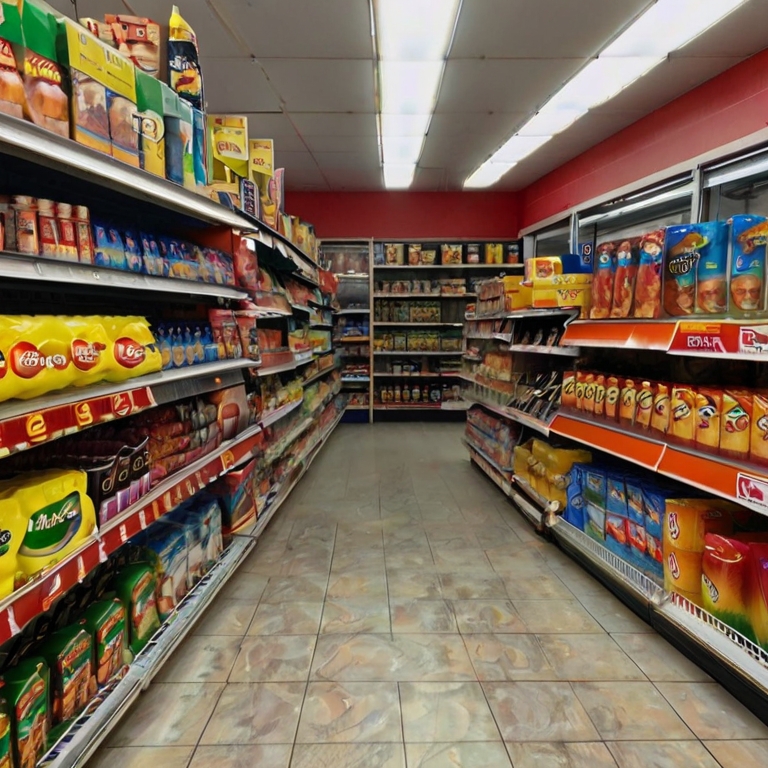The Economics of Operating a Convenience Store
Owning and operating a convenience store is an attractive business venture for many entrepreneurs due to its potential for steady income and the essential nature of the products offered. However, navigating the financial and strategic complexities to achieve profitability requires insight, planning, and a deep understanding of both the market and the location-specific factors. In this comprehensive guide, we'll explore the economics of operating a convenience store, from initial investments to effective financial management strategies, with a special focus on Ottawa and local areas.
Initial Investment and Startup Costs
Capital Requirements
Starting a convenience store involves a considerable initial investment. Prospective owners must account for the costs associated with inventory, which includes a diverse range of products to cater to immediate consumer needs, and equipment such as shelving, refrigeration units, and point-of-sale systems.
Inventory Needs
Selecting the right mix of products is crucial. High-demand items not only drive traffic but also contribute significantly to revenue. Initial inventory decisions should be data-driven, ideally based on local market research.
Property Costs
The choice between renting and purchasing a property is a significant one. In Ottawa, for example, prime locations come at a premium, but their potential for higher foot traffic could justify the investment.

Revenue Streams and Profit Margins
High-Margin Items
Identifying and stocking high-margin items is a key strategy for convenience stores. These often include beverages, tobacco products, and ready-to-eat foods.
Diversification of Revenue
In addition to traditional products, offering services such as lottery ticket sales, ATM facilities, and mobile top-up services can provide additional revenue streams and attract more customers.
Operating Expenses
Fixed vs. Variable Costs
Understanding and managing fixed (rent, salaries) and variable (utilities, inventory restocking) costs is critical for maintaining profitability. Efficient inventory management and energy-saving measures can significantly reduce operating expenses.
Staffing Expenses
Staff costs are a major component of operating expenses. Efficient scheduling and investing in employee training can enhance service quality and store efficiency.

Financial Management Strategies
Budgeting and Cash Flow
Effective budgeting and cash flow management are essential for the financial health of a convenience store. Tools and software can aid in forecasting and managing finances more effectively.
Financial Planning for Sustainability
Long-term financial planning involves setting aside funds for unexpected expenses, expansion, or renovation, ensuring the store remains competitive and appealing to customers.
The Impact of Location on Economics
Sales Volume and Customer Base
Location directly influences a store's sales volume and the demographics of its customer base. Stores in residential areas in Ottawa, for instance, might focus more on household essentials, while those near tourist spots might stock souvenirs and travel necessities.
Understanding the Ottawa Market
Ottawa's diverse economy and population offer unique opportunities and challenges for convenience store operators. Knowledge of local consumer preferences and seasonal trends can inform product selection and marketing strategies.
Marketing Strategies for Convenience Stores
Digital Marketing and Social Media
In today's digital age, an online presence can significantly enhance visibility and attract customers. Social media platforms offer a cost-effective way to engage with the community and promote special deals or events.

Challenges and Solutions
Managing Competition
Competition from larger retailers and other convenience stores is a reality. Differentiation through unique product offerings, superior customer service, and community involvement can help a store stand out.
The Future of Convenience Stores
Technological Innovations
Investing in technology, such as online ordering and delivery services, can open new revenue streams and meet the evolving needs of consumers.
Case Studies: Successful Convenience Stores in Ottawa
Learning from the success stories of local convenience stores can provide valuable insights into effective strategies and common pitfalls to avoid.
In conclusion
Operating a convenience store successfully demands a comprehensive understanding of the financial, operational, and market-specific factors. With the right strategies, a convenience store can become a profitable and integral part of its community, especially in dynamic markets like Ottawa.
Understanding the economics behind convenience store operations is crucial for any store owner. To complement these insights, learn about the importance of effective inventory management in optimizing your operations and how engaging with your community through marketing can significantly boost your store's profile. Additionally, for those eyeing new ventures or expansion, our comprehensive guide to Ottawa businesses for sale provides a wealth of information to help you make informed decisions.
FAQs
How can a new convenience store in Ottawa attract a loyal customer base? Building a loyal customer base in Ottawa involves offering products tailored to local preferences, such as local artisan goods or Canadian favorites like maple syrup products. Engaging with the community through participation in local events and supporting local causes can also enhance loyalty. Additionally, leveraging Ottawa's bilingual nature by providing services in both English and French can cater to a wider customer base.
What strategies can Ottawa convenience store owners use to manage seasonal fluctuations in sales?
Owners can adapt to seasonal changes by stocking seasonal items, such as ice melt and gloves in the winter, or sunscreen and insect repellent in the summer. Hosting seasonal promotions or events, like a hot chocolate stand during Winterlude, can also drive traffic. Understanding Ottawa’s tourism peaks, such as during the Tulip Festival or Canada Day, and stocking tourist-friendly items can help capitalize on increased foot traffic during these times.

Are there specific high-margin items that sell well in Ottawa's convenience stores?
Yes, in addition to general high-margin items like beverages and snacks, Ottawa's convenience stores may find success with local specialty items such as craft beers from Ottawa-area breweries or locally roasted coffee. Offering ready-to-eat foods that cater to the city’s diverse culinary tastes can also be profitable, reflecting the multicultural makeup of Ottawa's population.
What are the most effective cost-saving measures for a convenience store operating in areas like Ottawa?
Energy costs can be a significant expense in Ottawa, especially during extreme weather months. Implementing energy-efficient lighting and refrigeration can lead to substantial savings. Negotiating with suppliers for better rates on inventory, especially for locally sourced products, can also reduce costs. Additionally, adopting a just-in-time inventory system can minimize waste and storage costs.
How important is the choice of location for a convenience store in Ottawa, and what factors should be considered?
The choice of location is crucial in Ottawa. Factors to consider include proximity to high foot traffic areas, such as near O-Train LRT Stations or OC Transpo stations or within bustling neighborhoods like the ByWard Market or Glebe. Accessibility and visibility are key, as is the demographic makeup of the neighborhood. A location near universities, like the University of Ottawa or Carleton University, may cater to students with extended hours and study essentials.
What emerging trends should convenience store owners in Ottawa be aware of?
Sustainability and eco-friendliness are growing trends. Ottawa consumers increasingly prefer stores that offer environmentally friendly products or adopt green practices. Additionally, the demand for online shopping and delivery services has surged, so offering online ordering with local delivery can attract customers seeking convenience. Keeping an eye on technology, such as mobile payment options or app-based loyalty programs, can also give stores a competitive edge.





